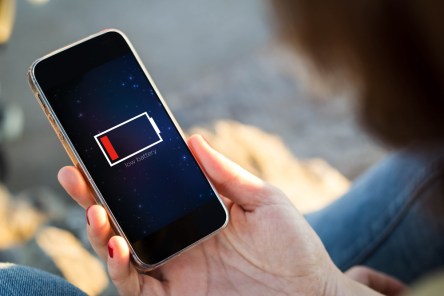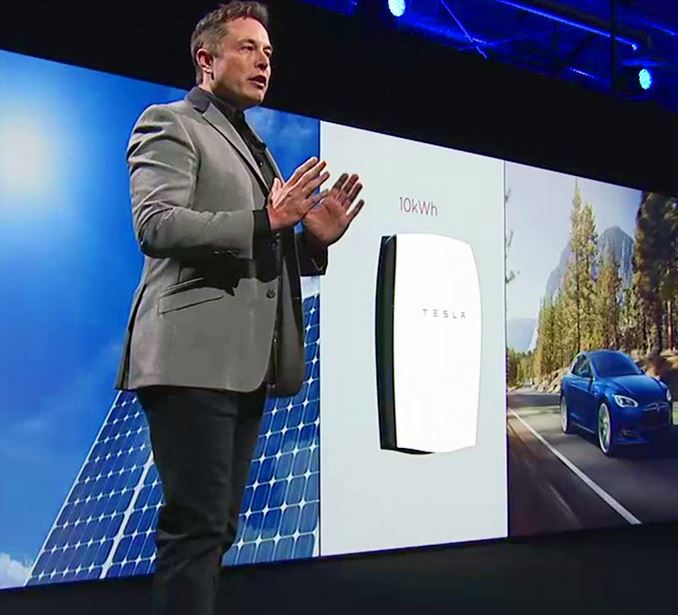Currently, one of the greatest potential growth area in the technology industry, as well as one of the most neglected thus far, is battery life. Some improvements were made—we’ve seen the battery capacity increased and we’ve witnessed the apparition of new ways of charging batteries faster, but they still take a while to charge and are not exactly environmentally friendly. But things don’t stop here. A new solution seems to have appeared on the horizon, one made possible by a radical material shift. Scientists at the Swinburne University in Melbourne, Australia, have developed a new battery (well, technically speaking it’s a supercapacitor, we’ll develop more on this later), made from 3D printed graphene, which is said to hold a larger charge of energy, is recharged in only a matter of seconds and will last a lifetime. Take for instance the Pokémon Go app, it drains smartphones so fast that companies, aware of the power of this new app, are now marketing their products by hosting events where they give external batteries to players who present their devices showing under 10 percent battery life left. Initially, many place the blame on the app, but in fact, the problem is not in the app, but in the lithium batteries that can only take a very limited charge. Currently, the dominating energy storage device is the lithium-ion battery. These power nearly every portable electronic device, as well as almost every electrical car. Batteries store energy electrochemically, where chemical reactions release electrical carriers that can be extracted into a circuit. The supercapacitor uses a different storage mechanism—energy is stored electrostatically on the surface of the material, without involving chemical reactions. Given their fundamental mechanism, supercapacitors can be charged quickly, leading to a very high power density, and do...
Tesla’s Powerwall...
Home Battery System
It’s been all over the news – the real-life Tony Stark has unveiled Tesla Energy, an ambitious plan to power the world with a home battery which eventually will not only make the consumers less dependent on the grid, but take them off it entirely. Tesla founder Elon Musk has presented the Powerwall. And it makes complete sense. Tesla launched the home battery system and Tesla’s CEO Elon Musk is the chairman at SolarCity; SolarCity will handle the installation of the Powerwall. The Powerwall measures 51.2” x 33.9” x 7.1” and comes in different colors; its primary function is that of storage system for solar power, but will also work for non-solar energy consumers in cases of power outage and furthermore to avoid feeding from outside electricity during peak periods (evenings) when utility prices are highest. Up to 9 devices (totaling 90kilowatt hours) can be stacked per home. It is good to know that the typical American home consumes daily about 30 kWh, so in order to cover the entire power need, one would need several batteries. Additionally, Musk announced that there will also be the Powerpack, a similar device designed with industrial usage in mind, as well as a smaller 7 kWh Powerwall. Here are some specifications on the Powerwall: Models: 10 kWh $3,500 – For backup applications 7 kWh $3,000 – For daily cycle applications Warranty – 10 years Compatibility – Single phase and three phase utility grid compatible. Power – 2.0 kW continuous, 3.3 kW peak Operating Temperature: -4°F to 110°F / -20°C to 43°C Musk’s new baby is already promising to grow big and strong as there is major interest in the product – the company has announced that so far it has taken 38,000 reservations for the home battery, a number that made...


